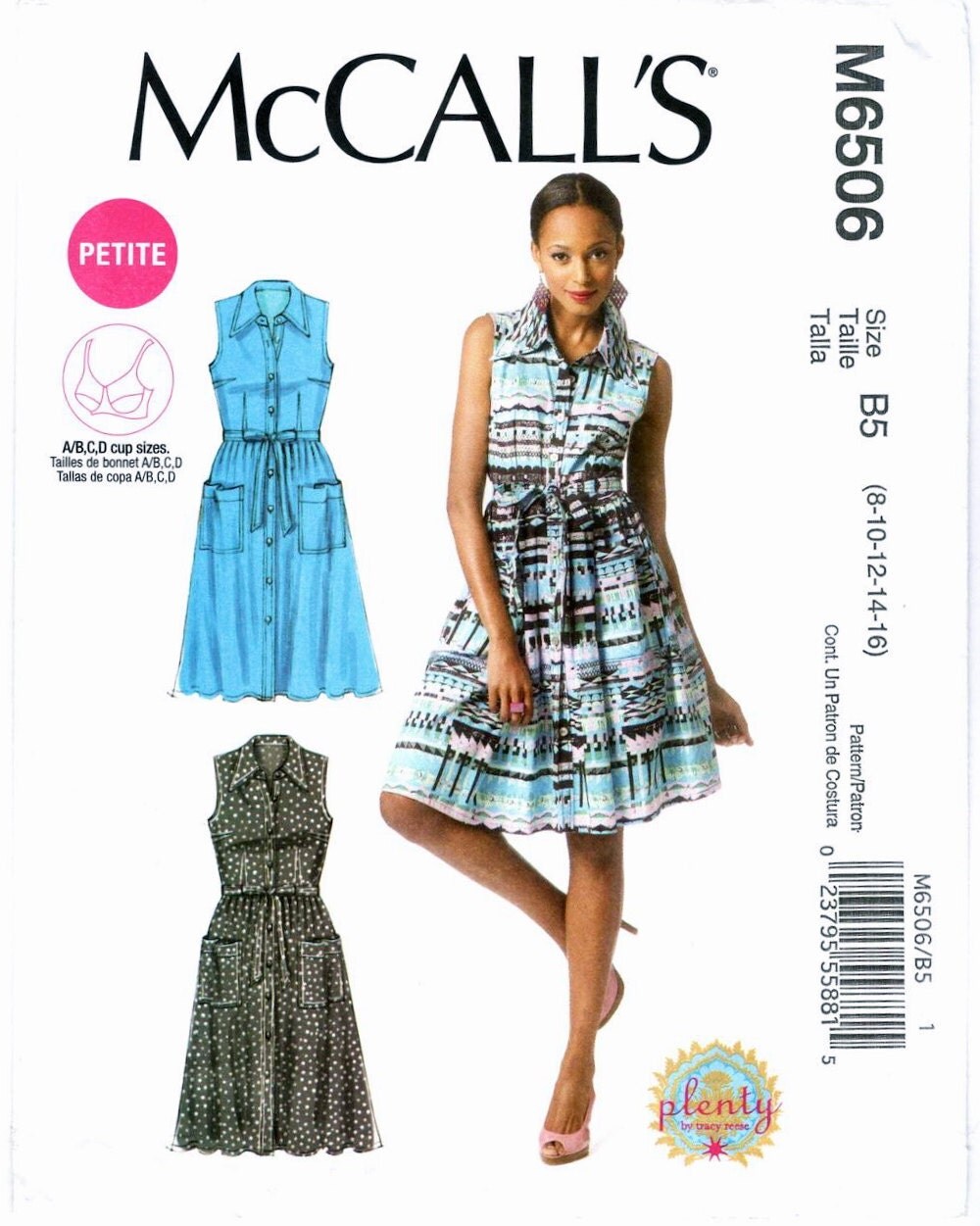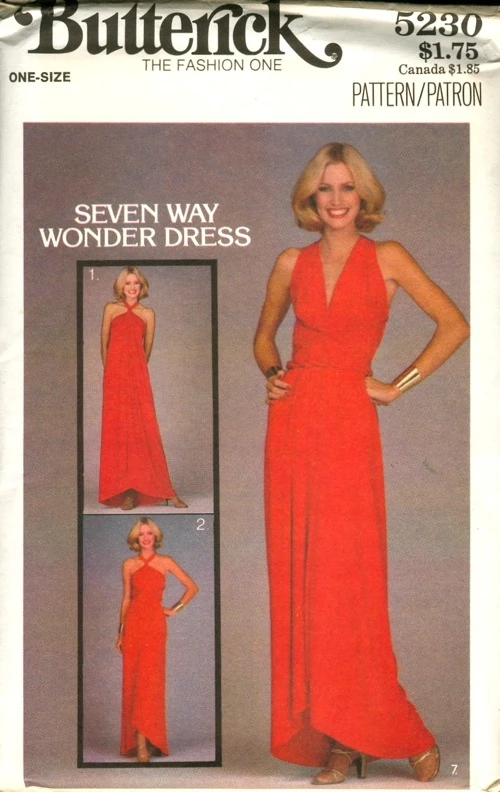![Blade Runner-inspired Vogue Italia cover photographed by Steven Meisel, March 1998]()
Eugenia Silva wears Prada on the cover of Vogue Italia, March 1998. Photo: Steven Meisel. Editor: Bill Mullen. Image: The Fashion Spot.
Blade Runner 2049, Denis Villeneuve’s much-anticipated sequel to Ridley Scott’s Blade Runner, opens today. Here’s a look at the fashion references and influence of the 1982 cult classic. (For Blade Runner’s influence on current fashion and an interview with costume designer Renée April, see Booth Moore, “‘Blade Runner 2049’ Already a Hit on the Fashion Runways.”)
![Ryan Gosling in Denis Villeneuve's Blade Runner 2049 (2017)]()
Ryan Gosling in Blade Runner 2049 (2017) Image: Stephen Vaughan/Warner Bros.
![Mugler Angel perfume ad, 2003]()
Thierry Mugler “Angel” fragrance advertisement, 2003. Image: eBay.
Blade Runner’s BAFTA-winning costume designers, Charles Knode and Michael Kaplan, cite 1940s film noir, with its iconic characters like Humphrey Bogart’s Sam Spade and Rita Hayworth’s Gilda, as their main inspiration. For the replicant Rachael, they also looked to the 1930s and ’40s tailoring of Hollywood costume designer-turned-couturier Adrian. (Kaplan is still in the genre-film spotlight with the new Star Wars trilogy, while the Adrian label—the subject of a recent exhibit—is being revived as Adrian Original.)
![Rachael's fur coat and pieced suit - Blade Runner sketches by Michael Kaplan]()
Rachael costume sketches by Michael Kaplan for Blade Runner (1982). In Dressed: A Century of Hollywood Costume Design (Collins, 2007).
Kaplan used vintage fabrics for Rachael’s Adrian-inspired outfits: “I liked the idea of combining different shades of suiting fabrics to create patterns—something Adrian did. In this case I used amazing vintage suiting woollens in shades of grey and beige, with metallic threads that I was lucky enough to find, which created a subtle luminous quality.” (Source: AnOther mag.) This circa 1944 Butterick suit features Adrian-style piecing:
![1940s colour-blocked suit pattern Retro Butterick 6286]()
Butterick 6286 from 1944 (2015)
In the 1980s, Claude Montana was the go-to designer for the decade’s updated triangular silhouette. (Ridley Scott has acknowledged the decade’s ’40s revival as an important factor in the film’s aesthetic.) This Vogue Individualist design plays up the ’40s influence:
![1980s Claude Montana dress pattern - Vogue Individualist 1927]()
Vogue 1927 by Montana (1987)
In spring, 1997, Blade Runner: The Director’s Cut was one of the first movies to be released on DVD. The following spring, working with stylist Bill Mullen and set designer Jack Flanagan, Steven Meisel photographed a Blade Runner-homage cover and editorial for Vogue Italia’s March 1998 prêt-à-porter issue. Michael Kaplan recalls mistaking the cover for a film still. The editorial features text from Roy’s climactic monologue (“I’ve seen things you people wouldn’t believe…”) with clothes from Prada’s Spring 1998 collection, which paired natural materials with synthetics like latex and plexiglass.
![Attack ships on fire off the shoulder of Orion... Prada in Vogue Italia, March 1998]()
Prada Spring ’98 in Vogue Italia, March 1998. Photo: Steven Meisel. Editor: Bill Mullen. Image: Vogue Italia Archive.
Meanwhile, in Paris, Alexander McQueen referenced Blade Runner in his Fall/Winter 1998 ready-to-wear collection for Givenchy. Visionaire’s Alexander McQueen memorial issue includes an image from Steven Meisel’s fall advertising campaign. (For more on this collection, see my McQueen series post.)
![Two looks from Alexander McQueen's for Givenchy Fall 1998 prêt-à-porter]()
Two looks from Alexander McQueen’s Fall 1998 prêt-à-porter collection for Givenchy. Images: firstVIEW, Corbis.
![V2228 and V2248 on the runway - Alexander McQueen for Givenchy, Fall 1998 prêt-à-porter]()
V2228 and V2248 (under jacket) on the runway – Alexander McQueen for Givenchy, Fall 1998 prêt-à-porter. Images: Corbis.
![Givenchy FW 1998 photographed by Steven Meisel in Visionaire 58: Spirit (2010)]()
Givenchy Fall 1998 by Alexander McQueen in Visionaire 58: Spirit (2010). Photo: Steven Meisel. Image: 1stdibs.
Sewists and Blade Runner devotees are fortunate to have two licensed patterns from this collection:
![FW 1998 rtw fur-trimmed suit pattern by Alexander McQueen for Givenchy, Vogue 2228]()
Vogue 2228 by Alexander McQueen for Givenchy (1998) Image: PatternVault on Etsy.
![FW 1998 rtw cowl-neck dress by Alexander McQueen for Givenchy, Vogue 2248]()
Vogue 2248 by Alexander McQueen for Givenchy (1999) Image: PatternVault on Etsy.
The sleeveless version of the dress seems to have been shown with a jacket on the runway. (Click the image to read about my version, which I wore to TIFF’s Cronenberg exhibit.)
![In V2248 by Alexander McQueen for Givenchy at BMC Labs / David Cronenberg: Evolution]()
In V2248 by Alexander McQueen for Givenchy at David Cronenberg: Evolution, 2014.
Rachael’s chevron-quilted synthetic fur coat gets the most screen time, but it’s her blue brocade coat with standing fur collar that appears to have been McQueen’s main reference for the fur-trimmed coats and jackets. As the pattern reveals, the collar stands with the help of boning.
![Rachael (Sean Young) in her quilted faux-fur coat in Blade Runner (1982)]()
Rachael (Sean Young) in her quilted faux-fur coat. Image: Vogue Italia.
![Rachael's fur-trimmed blue brocade coat in Blade Runner (1982)]()
Rachael’s blue brocade coat. Images: Pinterest, Christies/BladeZone.
![Charles Knode fur-trimmed coat sketches for Blade Runner]()
Charles Knode fur-trimmed coat sketches for Blade Runner. Image: BladeZone.
![Blue leather coat with standing fur collar, Alexander McQueen for Givenchy, Fall 1998 rtw]()
Blue leather coat with standing fur collar, Alexander McQueen for Givenchy, Fall 1998 prêt-à-porter collection. Images: eBay.
(Wool version available here.)
The weathered tones and textures of Mayan Revival—prominently seen in Deckard’s apartment, as played by Frank Lloyd Wright’s Ennis House—form a thread linking the first film, Meisel’s Givenchy campaign, and Villeneuve’s sequel. It was Kaplan’s vision of a dirty retrofuture, rather than glossy futurism, that won him the Blade Runner gig. It will be interesting to see what role revivals play in the new film.
![Rachael (Sean Young) visits Deckard's apartment in Blade Runner (1982)]()
Rachael (Sean Young) in Blade Runner (1982) Image: Restless Things.
![Meisel campaign images for Alexander McQueen's Blade Runner collection for Givenchy, FW 1998]()
Givenchy Fall 1998 ad campaign featuring Alexander McQueen’s Blade Runner collection. Photos: Steven Meisel. Models: Erin O’Connor and Jade Parfitt.
![K (Ryan Gosling) in Denis Villeneuve's Blade Runner 2049]()
K (Ryan Gosling) in Blade Runner 2049 (2017) Image: Vogue Italia.
For more production images for the new film, see the Vogue Italia gallery.
Tagged:
1940s,
1980s,
1990s,
Alexander McQueen,
Blade Runner,
Butterick,
costume design,
fashion,
fashion photography,
Givenchy,
Montana,
reproductions,
sewing,
vintage,
Vogue Patterns ![]()
![]()
![]()
![]()
![]()
![]()
![]()
![]()


































































































































































































